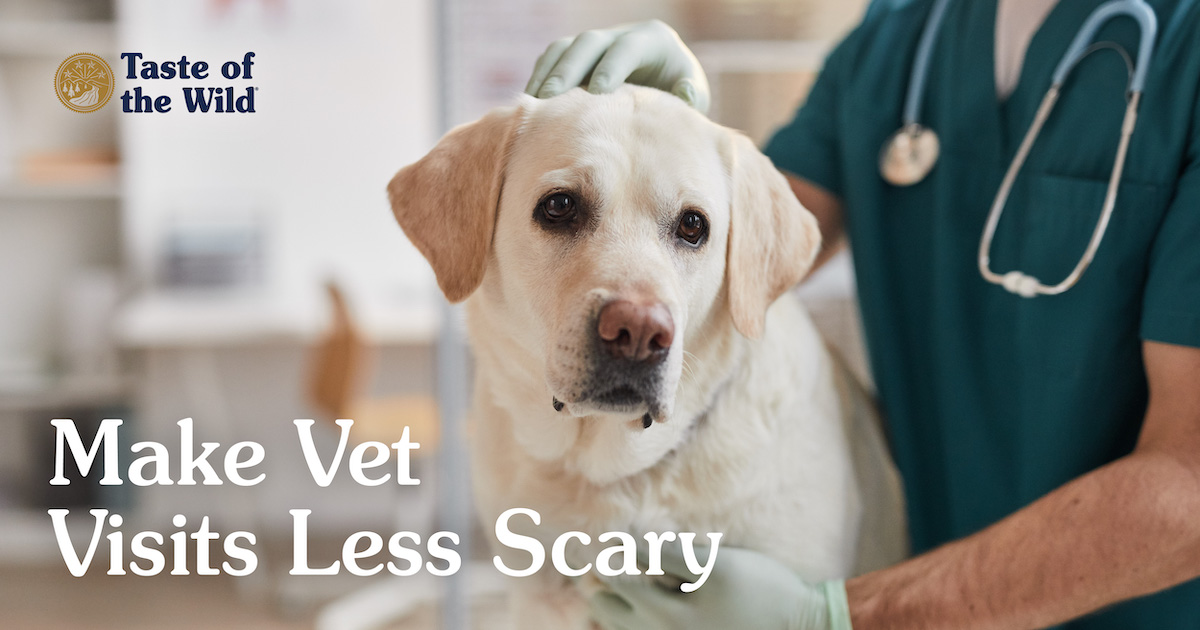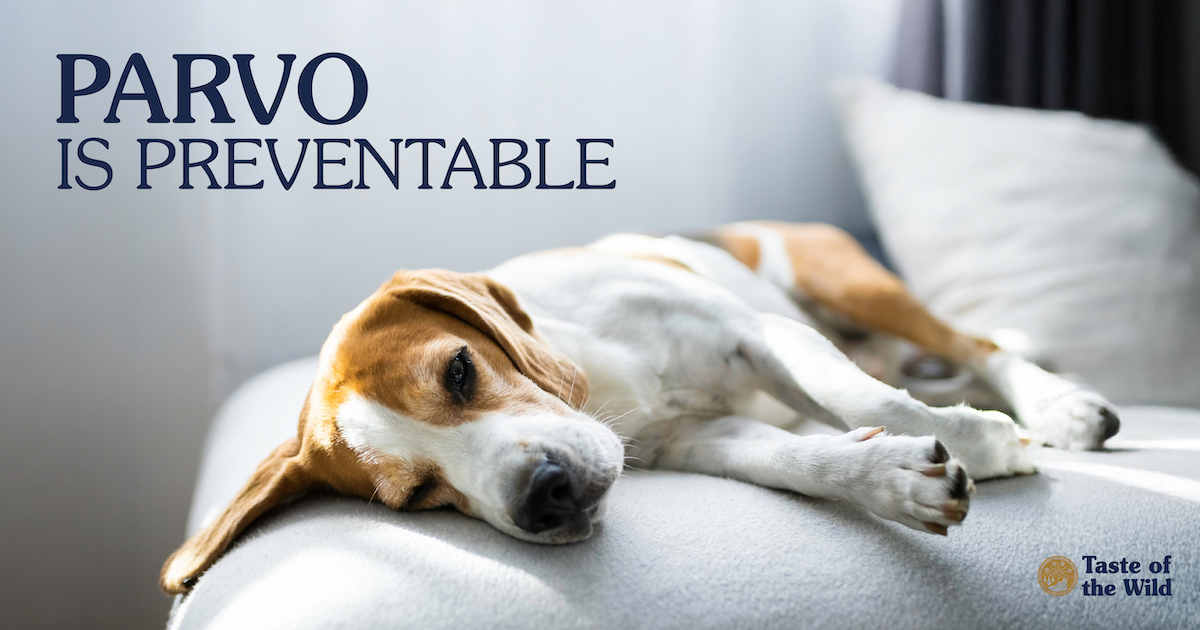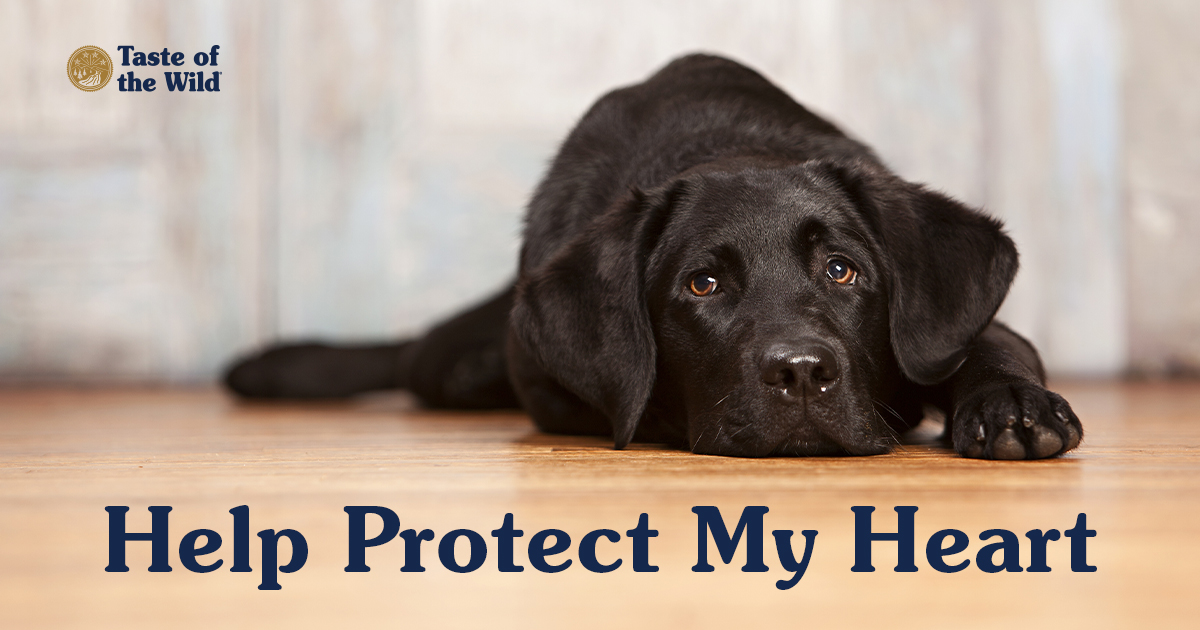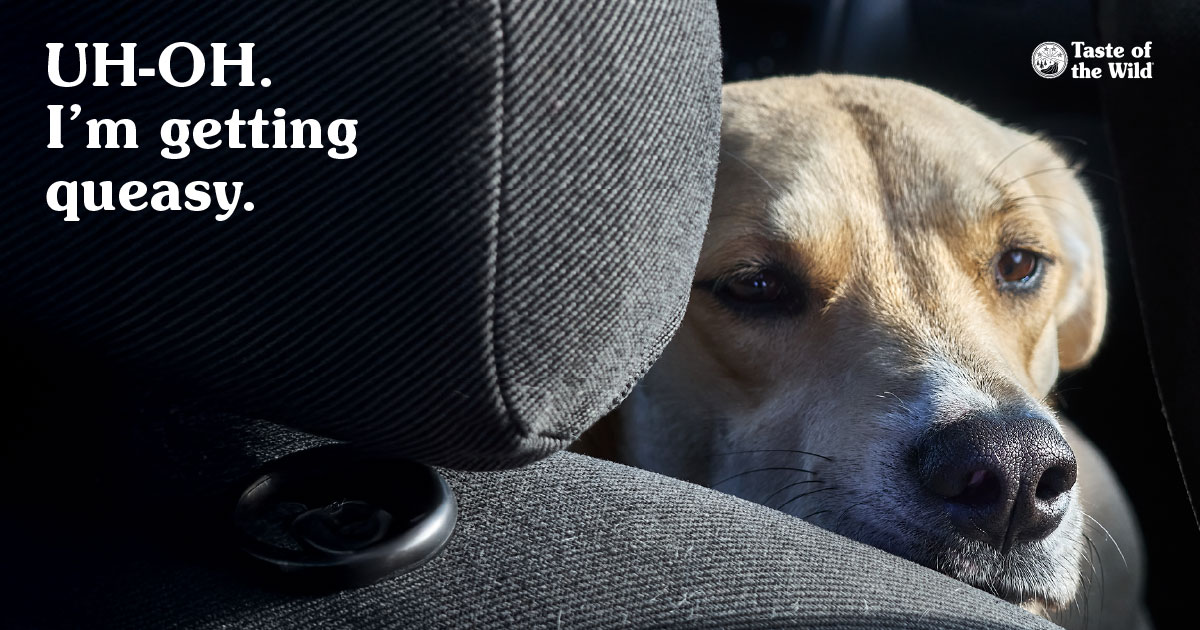Vet Visits: How to Calm Your Dog Down
Thursday, October 13, 2022 | Health

An anxious dog at the veterinary clinic is certainly not an unusual sight. And who can blame them? There are weird smells, strange dogs, cats in carriers and other animals they’ve never encountered before. Eek! But there are some things you can do to help reduce your dog’s anxiety and stress about clinic visits.
How to Calm an Anxious Dog
One of the keys to de-stressing your pet’s trip to the vet clinic is to try to stay calm yourself. Dogs may not speak the same language as their owner, but they can pick up on shifts in their owner’s mood and body language, and they tend to know when they’re being rounded up to go somewhere. If you’re feeling anxious about taking your dog to the veterinary clinic, your dog might be able to sense that. So, the first step to helping your dog be at ease for their trip to the vet is to act in a positive manner and with a calm tone. It’s not an easy ask for pet owners, but it’s one that often helps.
A shift in your mood may not be all it takes to get your pup comfortable with their upcoming visit, though. And that’s okay. Similar to humans, each dog comes with their own personality, characteristics and needs. There’s an array of calming methods and strategies dog owners can try to get their canine companion ready for their vet visit.
What Can You Give a Dog to Calm Them Down?
Science tells us that dogs think through their nose. So try adding calming pheromones to your house and car before the appointment to reduce your dog’s anxiety. Synthetic pheromone products release dog-appeasing pheromones to provide your furry friend with a sense of calm and well-being. Pheromones can also be helpful with other anxieties and fears, like loud noises (e.g., thunderstorms and fireworks) and separation anxiety that can result in destructive behavior.
There are a variety of synthetic pheromone products such as edible treats and wearable collars that may help to keep your dog calm. It’s worth exploring different pheromone products — you may notice your dog relaxes better with a diffuser, or they may really warm up to a pheromone-releasing collar. There are different pheromone products for different species, so be sure to pick up one labeled for dogs.
How to Calm Down a Dog with Anxiety
Some dogs will take one look at their surroundings and let you know they’re not going anywhere. However, the key is to not drag your dog out of the car and put pressure on them by yanking their leash. Be gentle when removing them from the car or crate.
It’s human nature to want to comfort your pets and offer reassurance and affection when they’re in stressful situations. We totally get it. However, try to resist the urge to give them extra attention and tell them everything is okay. Oddly enough, these actions might show your dog that their anxious feelings are warranted and reduce your dog’s ability to handle a stressful situation. It’s OK to offer calm reassurance if it helps them feel secure, as long as it doesn’t inadvertently reward fearful or anxious behavior.
When loading the car, don’t forget to take along your pup’s favorite items. This could include favorite treats, a favorite blankie or their favorite toy. Not only are these items comforting for the car ride, but they can also be soothing while at the vet. You could also try some music therapy by playing calming, classical music in the car to help your dog relax.
Overcoming Your Dog’s Anxiety About Cars
Do you or someone you know get nauseous while riding in the car? Many dogs struggle with motion sickness as well. What you may have thought was a fear of the car (and where it’s going) may be your dog’s way of saying, “This contraption makes me feel sick when I get in it.”
You can help an anxious dog feel more comfortable about riding in the car by facing them towards a window. Many veterinarians say it’s comforting to most dogs if they can see outside during their travels. If you do see signs of your dog getting a little woozy in the car, stop and let them walk around in fresh air. This will help to make them feel better.
Also, try limiting food at least a couple of hours before car trips to help prevent tummy woes. If you have a dog that truly gets motion sick, it is best to ask your veterinarian about antinausea medications, as motion sickness may cause behavior problems and an increase in their anxiety level if it continues to occur.
To soothe more mental anxiety with a long-term approach, try training your dog to love the car. It’s best to start when they’re puppies, though. Your mileage may vary with older, set-in-their-ways dogs. If your dog isn’t used to regular trips in the car, they may only associate the car with a trip to the vet. Start to take them for short rides, then gradually increase the trips to other, happier places and build your dog’s confidence that the car isn’t scary. Get a pup cup. Go to the dog park for some exercise and playtime. By making car trips a routine occurrence, hopefully the car will eventually be a good thing, in your dog’s mind.
Vet Visits for Dogs Can Be Social Visits
Another way you can help reduce anxiety related to vet clinic visits is by showing your dog that the clinic isn’t always about checkups or the place you go to when you’re not feeling well. Call your clinic to see if you can stop by just to have the staff pet your dog and give them dog treats. By doing this a few times, you’ll teach your furry companion that the veterinary clinic can be a fun and rewarding environment with people who care about them.
Talk to Your Veterinarian About Your Dog’s Anxiety
If your dog is known to experience anxiety and discomfort while either riding in the car or visiting the veterinary clinic, talk with your vet ahead of time about additional tips and techniques to make visits more pleasant. These are common situations that your vet deals with on a regular basis with other dogs. They can give you strategies that help ensure your dog’s visit is the best possible experience for everyone involved.
The information in this blog has been developed with our veterinarian and is designed to help educate pet parents. If you have questions or concerns about your pet’s health or nutrition, please talk with your veterinarian.




